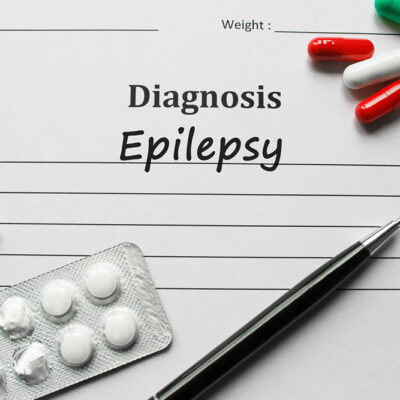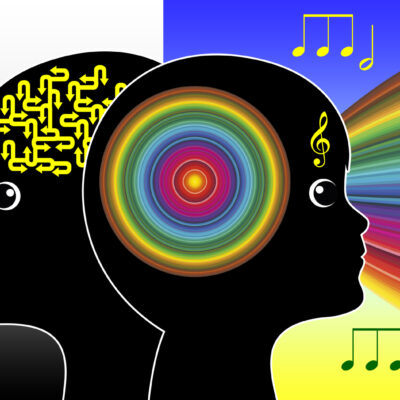
Brain Disorders
6 effective ways to coexist with epilepsy
Epilepsy is one of those chronic conditions that have the ability to disrupt an individual’s life. It even presents a series of dangerous situations as the individual with epilepsy is vulnerable to seizures that can occur at any time, at any place. Living with epilepsy is quite difficult for the person and their family, and the fact that there’s no cure for this condition can make leading a normal life incredibly difficult. For an individual with epilepsy, the onus lies on being seizure free with minimal side effects as that’s the ultimate achievement for someone dealing with this condition. In addition to the anti-epileptic medication that doctors often prescribe to people with epilepsy, there are various other effective ways of living a seemingly normal life with epilepsy. These tips coupled with appropriate treatment methods would go a long way in helping people deal with epilepsy. Maintain an epilepsy diary One of the best ways to keep a track of the epileptic seizures that one experiences is to maintain an epilepsy diary. You need to write down when the seizures occur what happens and what you were doing then. You have to be very precise about noting the seizures and have to mention whether you experienced any strange sensations and the frequency of the same.
Read More 














